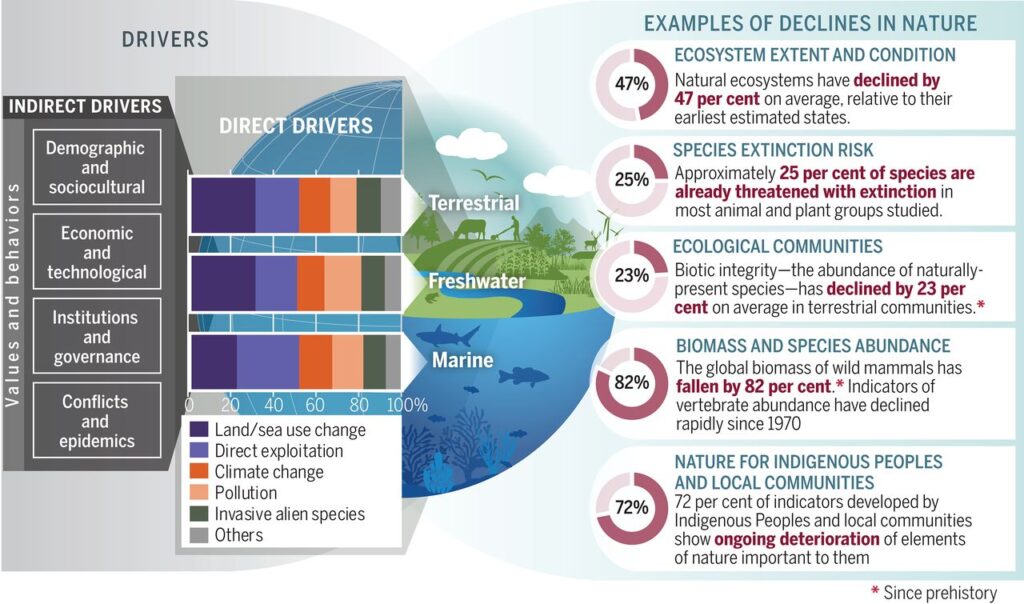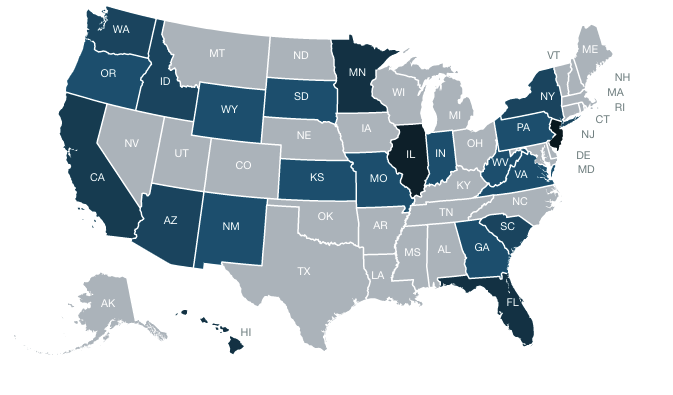
NCEL Blog
State Protections for Endangered Species
September 30, 2020
Overview of Endangered Species
An endangered species (ES) is a plant or animal determined by the U.S. Fish and Wildlife Service or the National Marine Fisheries Service to be in imminent danger of extinction under the federal Endangered Species Act (ESA). Many of the ESA-listed species are critical for supplying life-supporting ecosystem services such as: water filtration, carbon sequestration, rodent and pest control, pollination, recreational opportunities, and products for subsistence. Endangered native pollinators like the Bumblebee are responsible for pollinating crops worth $3 billion each year in the U.S. alone.
Top Endangered Species in the U.S.
- Florida Panther
- Atlantic Bluefin Tuna
- Metalmark Butterfly
- San Joaquin Kit Fox
The main drivers of species endangerment include habitat destruction, pollution, climate change, invasive species, and wildlife trafficking/trade. These threats put current human-driven extinction rates at between 1,000 and 10,000 times what would be considered “natural.”
Current Protections for Endagered Species and Recent Rollbacks
The United States’ chief federal wildlife protection statute is the 1973 Endangered Species Act. Under the ESA, listed species are prohibited from being “taken,” which is defined by the Fish and Wildlife Service as being harassed, harmed, pursued, hunted, shot, wounded, killed, trapped, captured, or collected, unless approved for conservation and/or scientific purposes. This includes products and parts of listed species as well.
The ESA also directs federal agencies to ensure that their actions do not threaten the existence of any listed species or jeopardize the integrity of designated critical habitat.
Recent revisions to the ESA have resulted in several regulatory changes regarding future species listing, designation of critical habitat, and interagency cooperation. This provides an opportunity for states to improve and strengthen state-level protections for endangered species.
State Endangered Species Acts
While the ESA provides federal guidelines for the protection of endangered and threatened species, states are chief stewards for the wildlife within their borders. State Endangered Species Acts (SESAs) can reflect more specific, regional concerns, and can address many of the gaps that exist due to the limitations of federal protections. New York’s A. 4077, for example, recently passed in both chambers, and keeps a federally listed species on the state list and subject to state protections even if removed from the federal list.
State ESAs give states the freedom to set topical ecosystem-wide priorities. Nevada was the first state to enact legislation in 1969; today 46 states have some version of endangered species law on record. Most State ESAs are aimed at the listing of species or trafficking/take bans, efforts that have been deemed critical in addressing federal gaps.
State Policy Options
For states that currently have ESAs in place, there are many options for improving existing language. States can consider such issues as: listing new species, designating critical habitat/migratory corridors, requiring recovery plans, updating penalties for take, and exploring opportunities for conservation easements with private landowners. Understanding and working to enhance relationships with Tribal governments can also help protect species that occupy both Federal and Tribal lands.
Climate change is another important, although hard to predict variable in determining appropriate protections for at-risk species. Per the Congressional Research Service’s recommendations, states should consider the cumulative impacts of climate change on species when making decisions about the listing, delisting, or reclassification of species.
In addition to State ESAs, states have other legislative options that can contribute to species protection.
- Poaching: Florida’s H.B. 549 provides a public records exemption for site-specific information about endangered species in order to avoid increasing the risk of exposure to wildlife poachers.
- Wildlife Trafficking: Twelve states including New Mexico, Illinois, Hawaii, Nevada, and New Jersey have introduced or passed legislation that seeks to ban importation and sale of endangered species and their associated parts/products.
Conclusion
States play a key role in endangered species protection. State ESAs, wildlife trafficking bills, and legislation that addresses critical habitat can complement and enhance the work being done at the federal level, and can more effectively address state-specific concerns that the 1973 ESA cannot.

